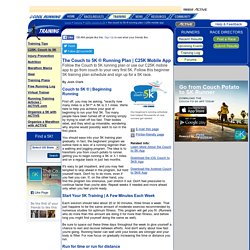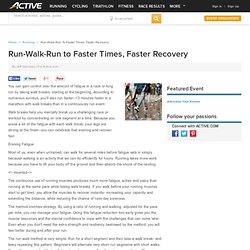

Sony MDR-G75LW - Headphones. A perfect headphone choice for the active and stylish listener, the Sony MDR-G75LW behind the neck ('neckband') headphone sounds clear, punchy, and has quite solid bass response for this type of design.

It looks great with a gloss black with chrome on red flashing; the design feels quite secure and ergonomically comfortable to wear. It also has an easily adjustable cord length and fully retractable cable, plus the earpieces fold into the headband, making for a very compact package to store anywhere and transport easily. The Sony MDR-G75LW well-fitting shape and uber-lightweight feel are just the ticket for on-the-move listeners and exercise users alike. The Sony MDR-G75LW behind the neck headphone's retractable cord is a very cool functional feature of this headphone and ensures minimized snagging or tangling of the cable.
Just press a button and the single-sided cable exits the left earpiece and slides to your desired length. Couch to 5k - C25K Running Program. The Couch-to-5K Running Plan. By Josh ClarkPosted Saturday, 1 January, 2011 Couch to 5K ® | Beginning Running First off, you may be asking, "exactly how many miles is a 5K?

" A 5K is 3.1 miles. We're here to help you achieve your goal of beginning to run your first 5K. Too many people have been turned off of running simply by trying to start off too fast. You should ease into your 5K training plan gradually. It's easy to get impatient, and you may feel tempted to skip ahead in the program, but hold yourself back. Start Your 5K Training | A Few Minutes Each Week Each session should take about 20 or 30 minutes, three times a week. Be sure to space out these three days throughout the week to give yourself a chance to rest and recover between efforts. Run for time or run for distance There are two ways to follow this Couch to 5K ® training program, to measure your runs by time or by distance. Before setting out, make sure to precede each training session with a five-minute warmup walk or jog. Koss KSC75 - Clip-On Headphones. Average Rating (Showing 3 of 27 reviews) Good Headphones, poor durability.Posted by kirknelson on 2013-11-08 Recommend Product: Yes Pros: Excellent sound for the money, comfortable, fits in pocket.

Cons: Cable shorts at plug I've run through three pairs of these headphones now and am ordering my fourth. They are excellent outdoor running phones. Sound QualityComfortLook & FeelDurability 3 out of 3 people found this review helpful. Best bang for the buckPosted by Ninj0r from Tokyo, Japan on 2013-04-20 Recommend Product: Yes Pros: Comfortable, wonderful sound, portable, amazing value Cons: Loose for aggressive exercise, sometimes falls off I bought these to be the headphones to use: 1) with my Android 2) when I'm exercising 3) at work For $20, the Koss KSC 75's are the best headphones I have ever bought. They sound great with my Android (HTC J Butterfly), whether playing games, listening to music, talk shows, etc. For work, they are great too. Overall, I definitely recommend these headphones. Run-Walk-Run to Faster Times, Faster Recovery. You can gain control over the amount of fatigue in a race or long run by taking walk breaks, starting at the beginning.

According to numerous surveys, you'll also run faster--13 minutes faster in a marathon with walk breaks than in a continuously run event. Walk breaks help you mentally break up a challenging race or workout by concentrating on one segment at a time. Because you erase a lot of the fatigue with each walk break, your legs are strong at the finish--you can celebrate that evening and recover fast. Erasing Fatigue Most of us, even when untrained, can walk for several miles before fatigue sets in simply because walking is an activity that we can do efficiently for hours.
<! The method involves strategy. The run-walk method is very simple: Run for a short segment and then take a walk break--and keep repeating this pattern. Here are some tips: A Short and Gentle Walking Stride It's better to walk slowly, with a short stride.